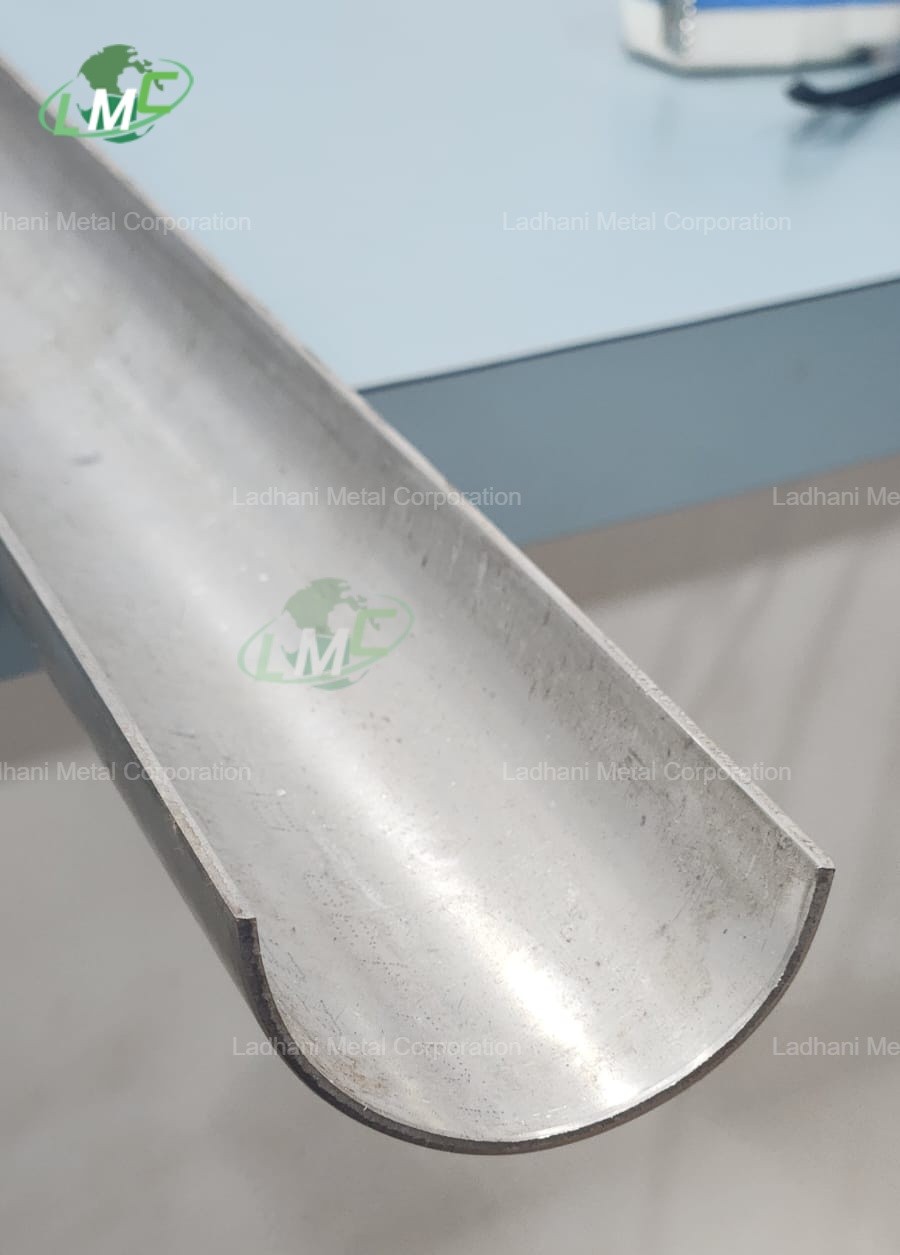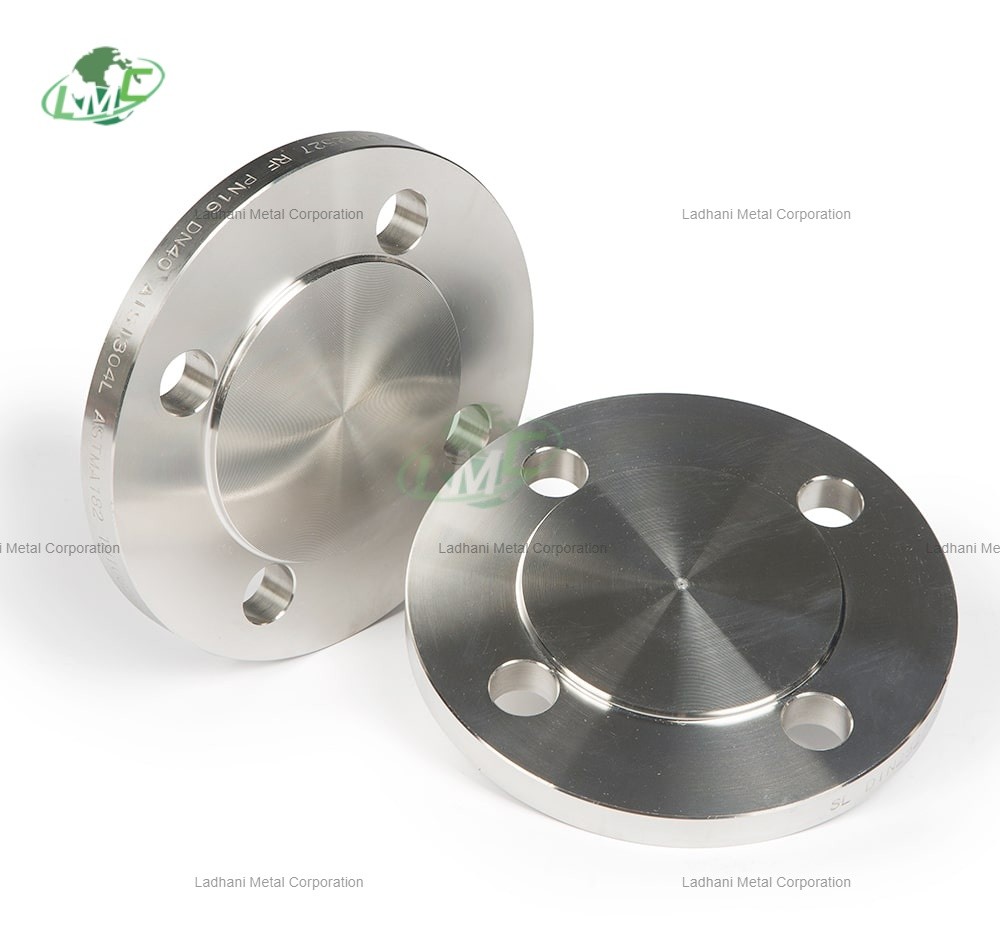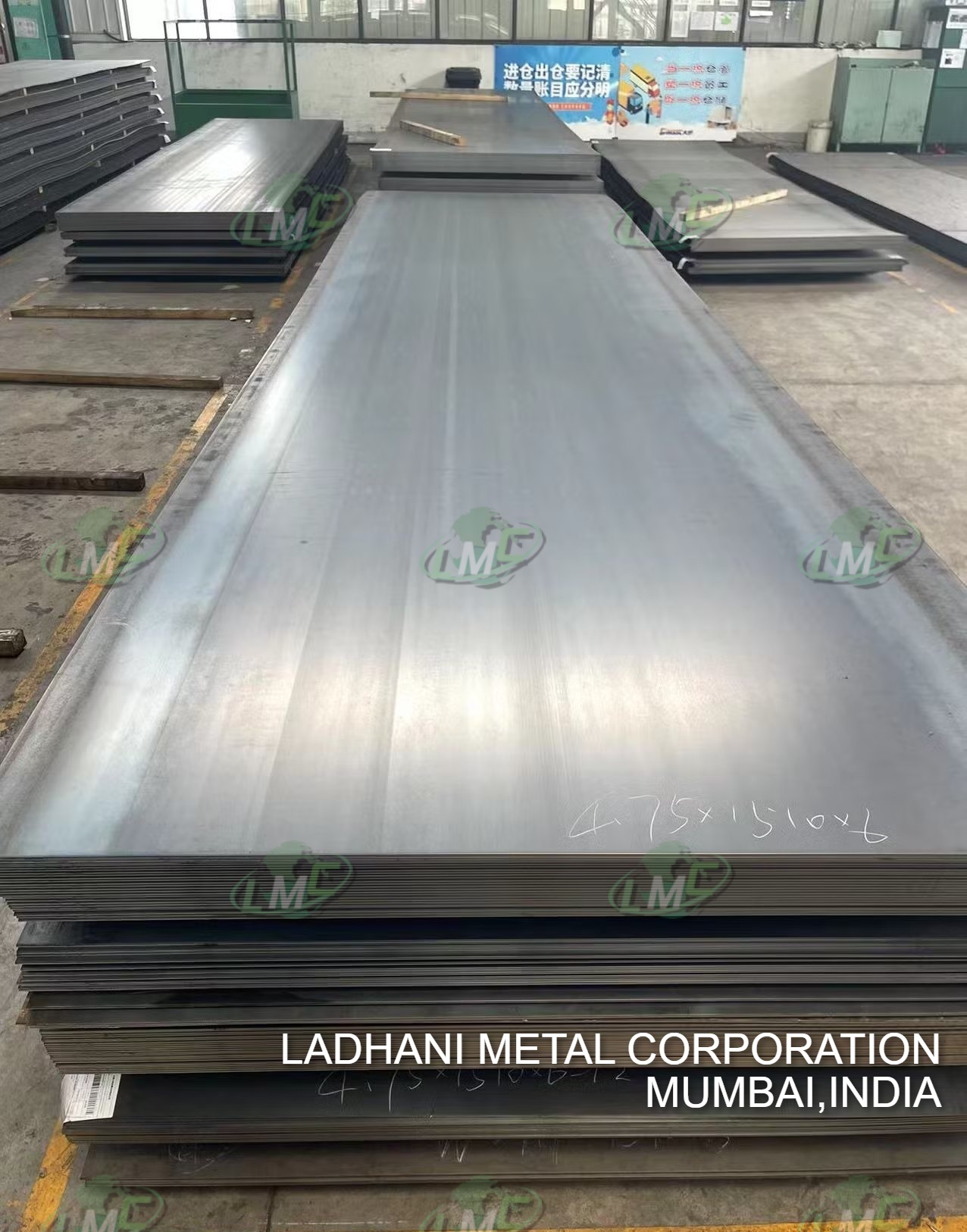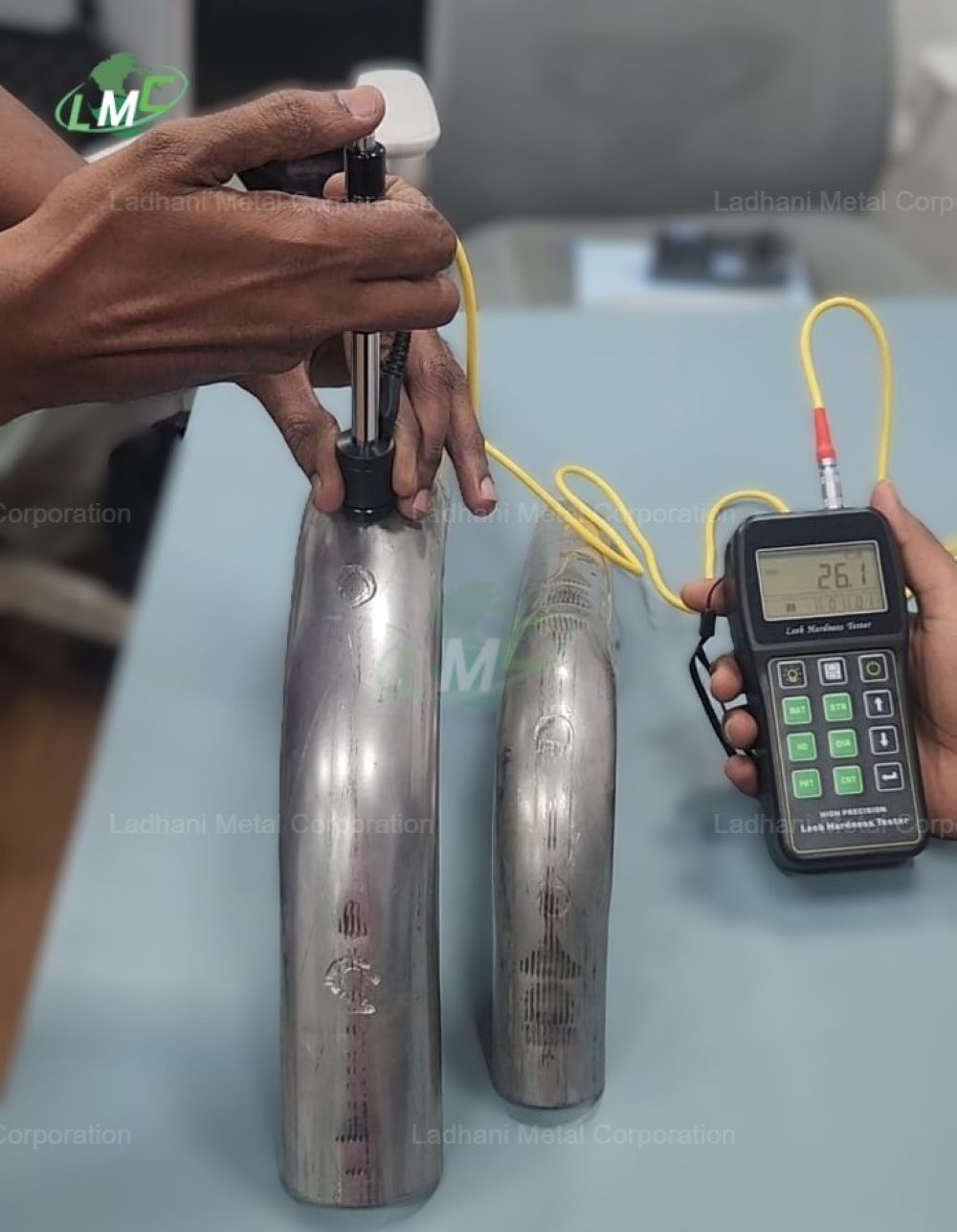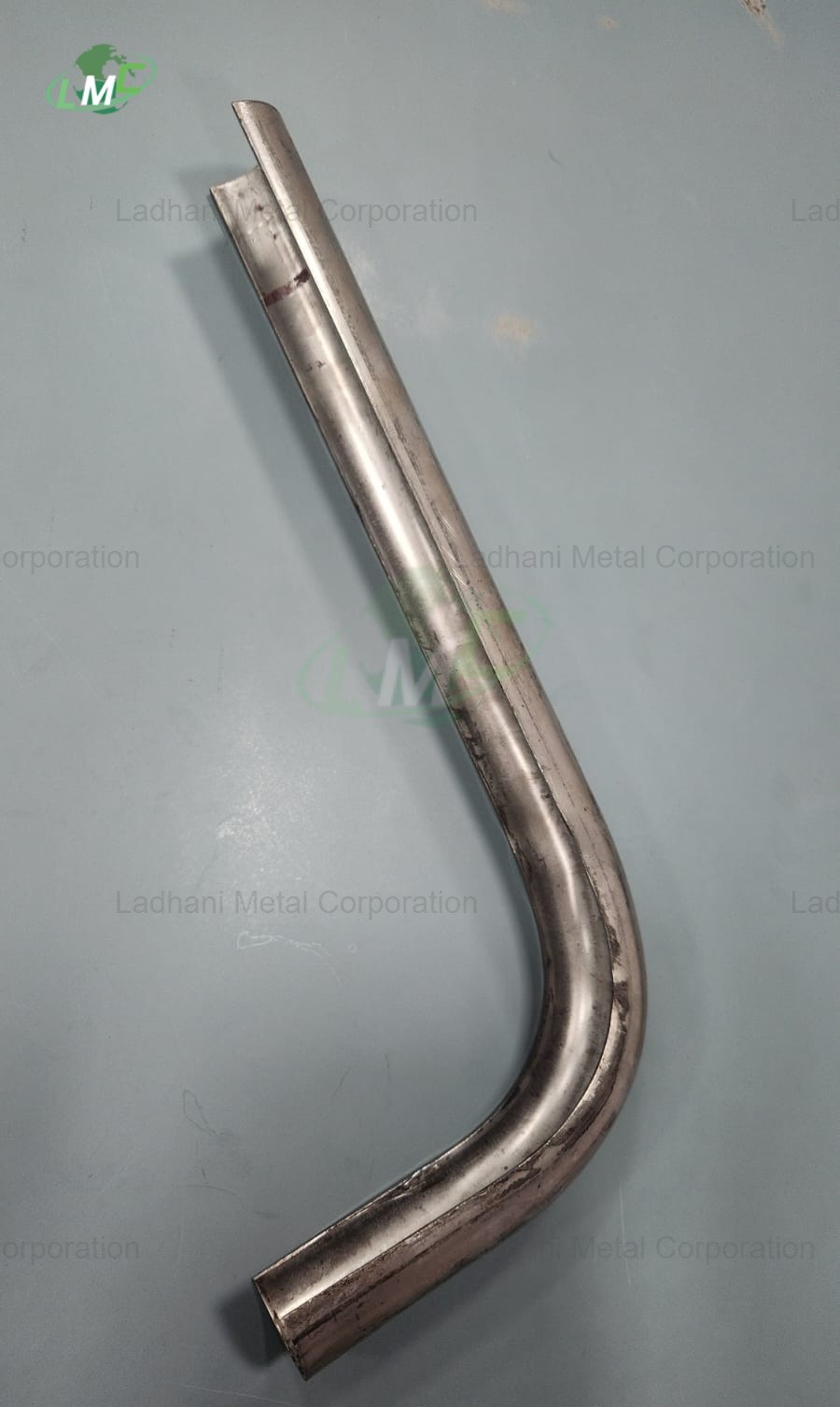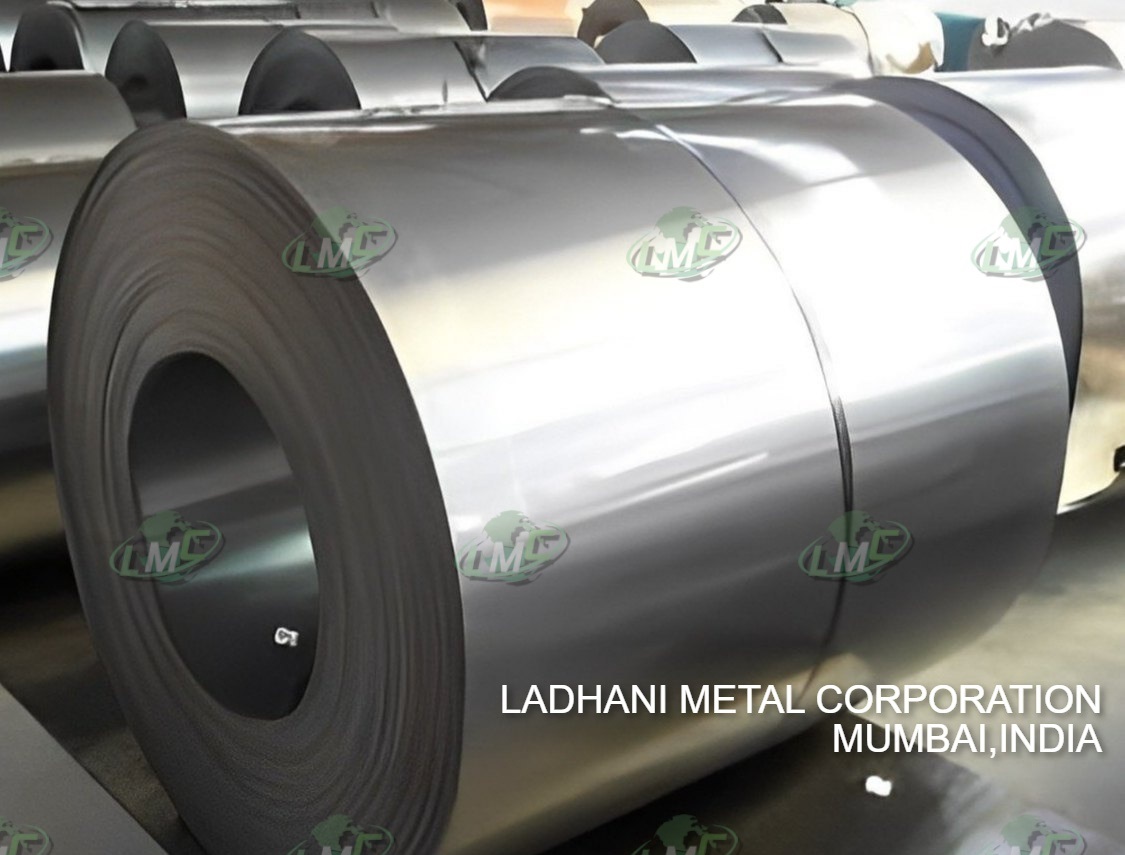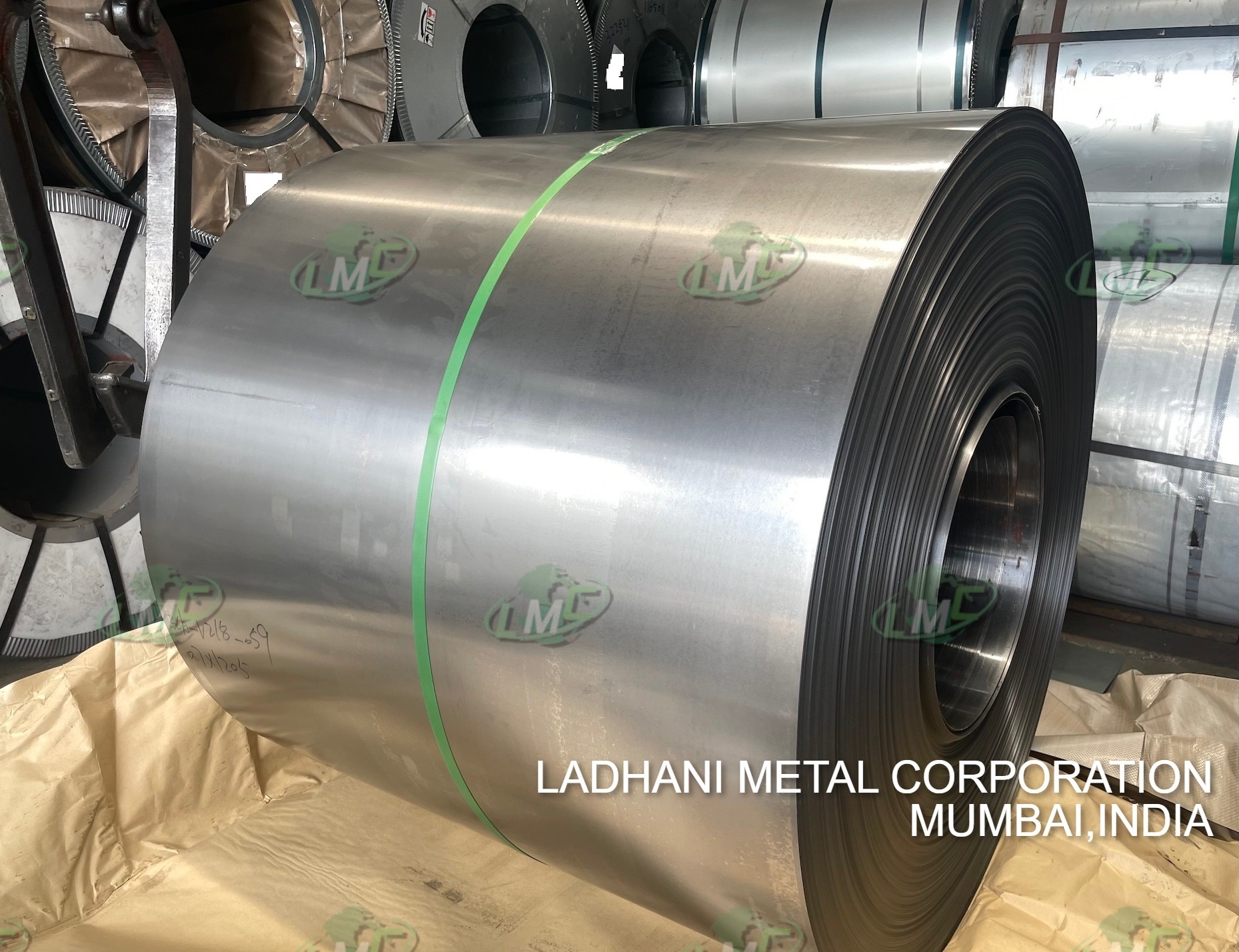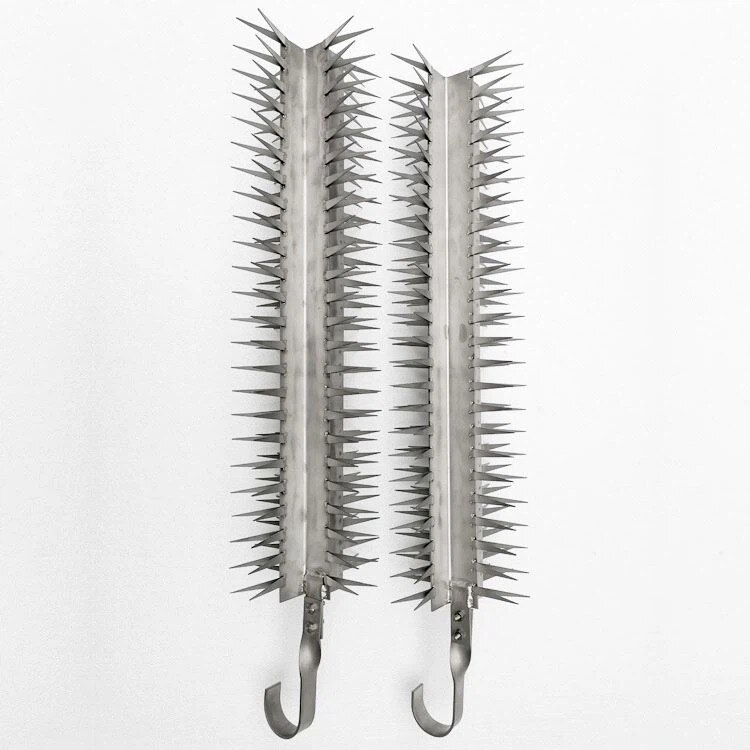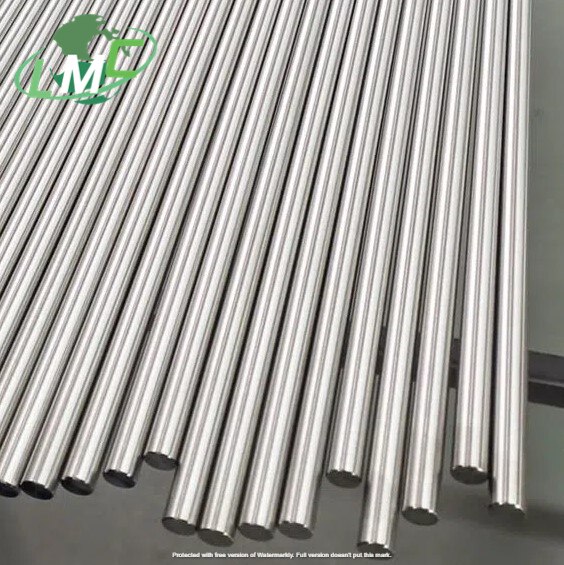Half Round Tube Shield Half Round Tube Shields by Ladhani Metal Corporation are designed to protect boiler tubes, heat exchanger coils, and superheaters from erosion, scaling, slag accumulation, and corrosive flue gases. These shields are widely used in thermal systems such as power plants, chemical processing units, and waste heat recovery boilers to improve tube longevity and reduce maintenance frequency. Their semi-cylindrical form allows easy installation on straight or curved tube surfaces in high-wear zones. SS 316 Half Round Tube Shield for LTSH Tube The SS 316 Half Round Tube Shield is manufactured from molybdenum-bearing austenitic stainless steel grade 316. Known for its excellent resistance to pitting, crevice corrosion, and chemical attack, SS 316 is ideal for environments where flue gas contains chlorides, moisture, or mildly acidic compounds. Designed specifically for Low Temperature Superheater (LTSH) applications, this shield provides critical surface protection in zones where steam is moderately superheated and tubes are exposed to ash, soot, and thermal cycling. The Low Temperature Superheater (LTSH) is a section in a boiler where saturated steam from the steam drum is superheated to a moderately higher temperature before entering the high-temperature superheater stages. Positioned in areas with relatively lower flue gas temperatures, the LTSH helps improve thermal efficiency and reduces moisture content in steam. Due to constant exposure to abrasive flue gases and ash, LTSH tubes are prone to wear and require protective shielding, such as half round tube shields, to extend service life. Ladhani Metal Corporation is a leading manufacturer, supplier, and exporter of SS 316 Half Round Tube Shields for LTSH applications, offering reliable and corrosion-resistant shielding solutions for extended tube performance. Chemical Composition of SS 316 – Austenitic Stainless Steel with Molybdenum • Carbon (C): ≤ 0.08% • Manganese (Mn): ≤ 2.00% • Phosphorus (P): ≤ 0.045% • Sulfur (S): ≤ 0.030% • Silicon (Si): ≤ 1.00% • Chromium (Cr): 16.0 – 18.0% • Nickel (Ni): 10.0 – 14.0% • Molybdenum (Mo): 2.0 – 3.0% • Iron (Fe): Balance Applications: Suitable for low-temperature superheater zones exposed to corrosive ash, flue gas condensation, and thermal cycling, especially in coastal or chloride-rich environments. Uses • Installed on LTSH tubes in utility boilers to protect against acidic flue gas corrosion and soot erosion • Shields exposed tube sections in convection zones, economizers, and HRSG units • Applied in boilers using high-sulfur coal or biomass, where corrosion risks are elevated • Suitable for industrial steam systems and chemical processing units handling corrosive exhaust • Used in power plants operating in marine or high-humidity conditions Features • Superior corrosion resistance – Withstands chloride attack, acidic deposits, and moisture exposure • Thermal durability – Maintains mechanical strength and oxidation resistance under moderate heat • Custom fabrication – Manufactured to match the diameter and length of LTSH tubes for accurate fit • Easy to install – Compatible with welding, banding, or clamping methods • Reduces wear – Protects against pitting, scale buildup, and erosion in flue gas flow paths • Available in multiple thicknesses, lengths, and radii based on system design Applications • thermal power plants – Shields LTSH tubes to improve service life and efficiency • chemical plants – Applied in low-temperature zones of process boilers exposed to aggressive gases • waste heat recovery – Protects return coil sections from corrosion and erosion in WHRBs and HRSGs • industrial boilers – Guards tube surfaces in preheaters and economizers under corrosive flue conditions • steam generation systems – Used in moisture-laden or coastal plant environments requiring enhanced protection Conclusion The SS 316 Half Round Tube Shield for LTSH Tube by Ladhani Metal Corporation – manufacturer, supplier, and exporter – delivers high-performance protection for boiler and superheater tubes in corrosive, low-temperature environments. With its excellent corrosion resistance and reliable thermal performance, it ensures extended operational life and reduced maintenance in critical heat exchange systems. For technical support, customization, or pricing inquiries, please contact Ladhani Metal Corporation.

